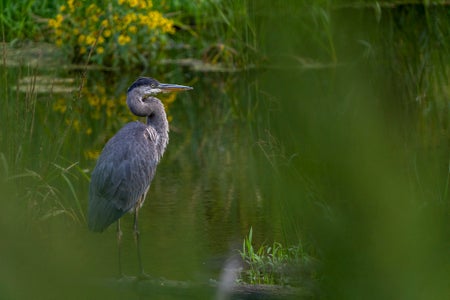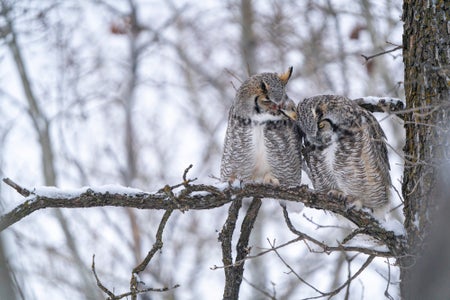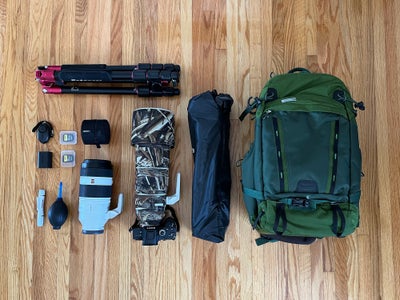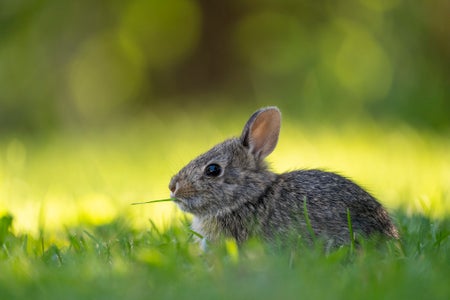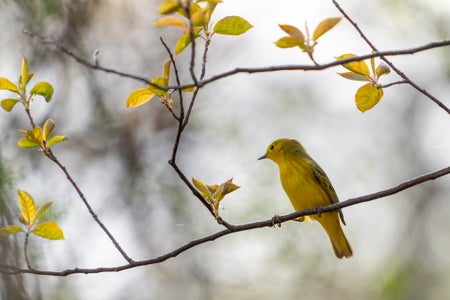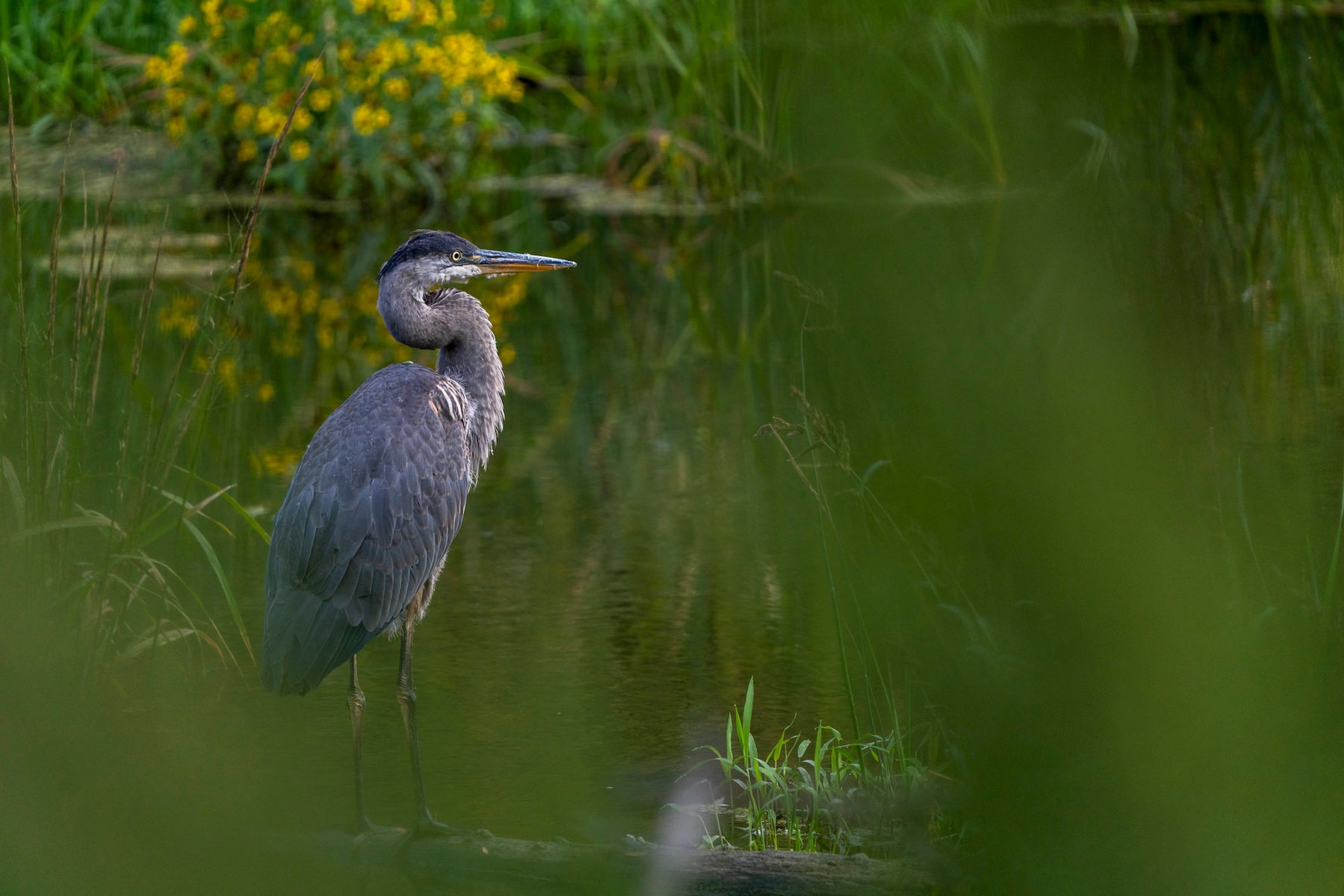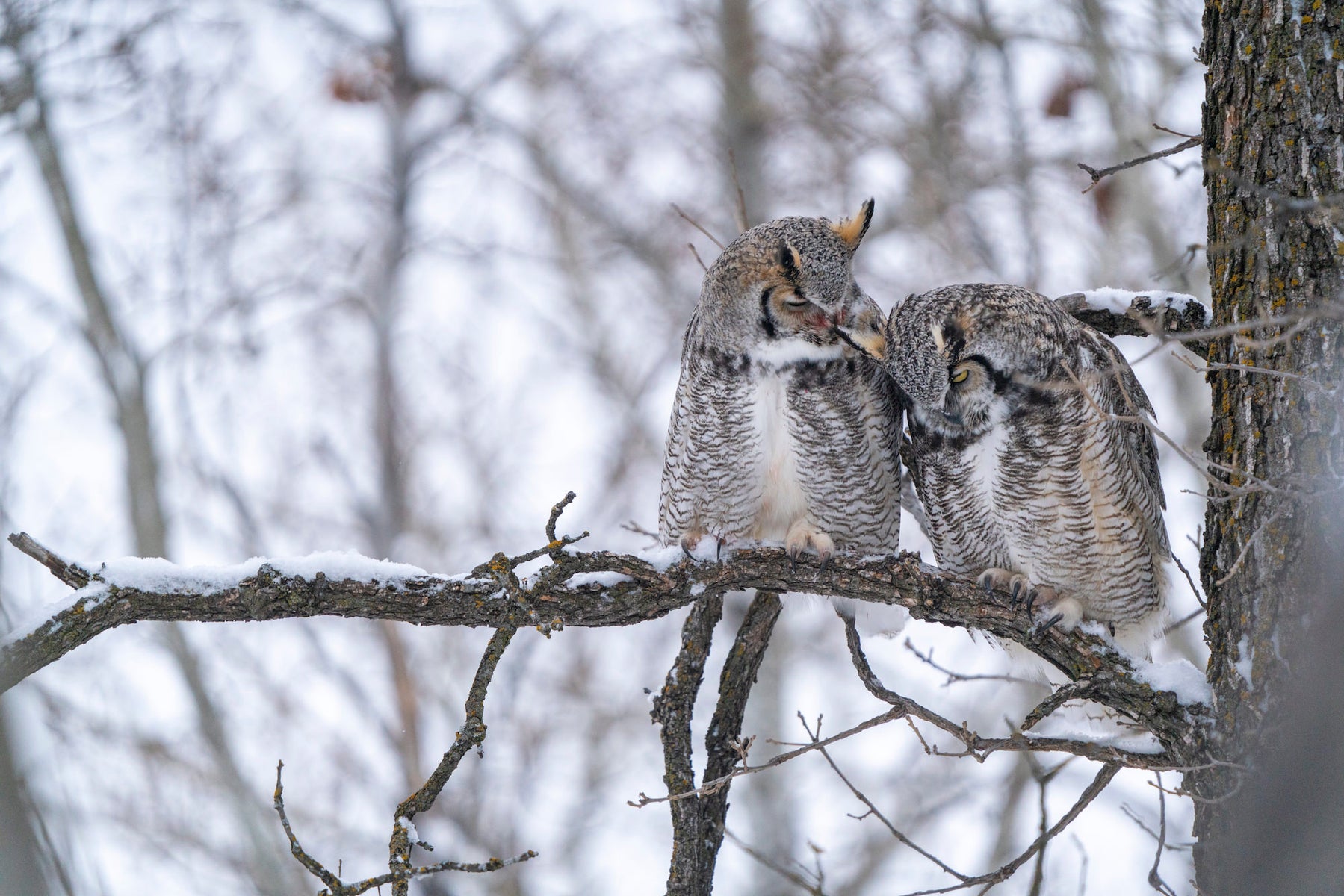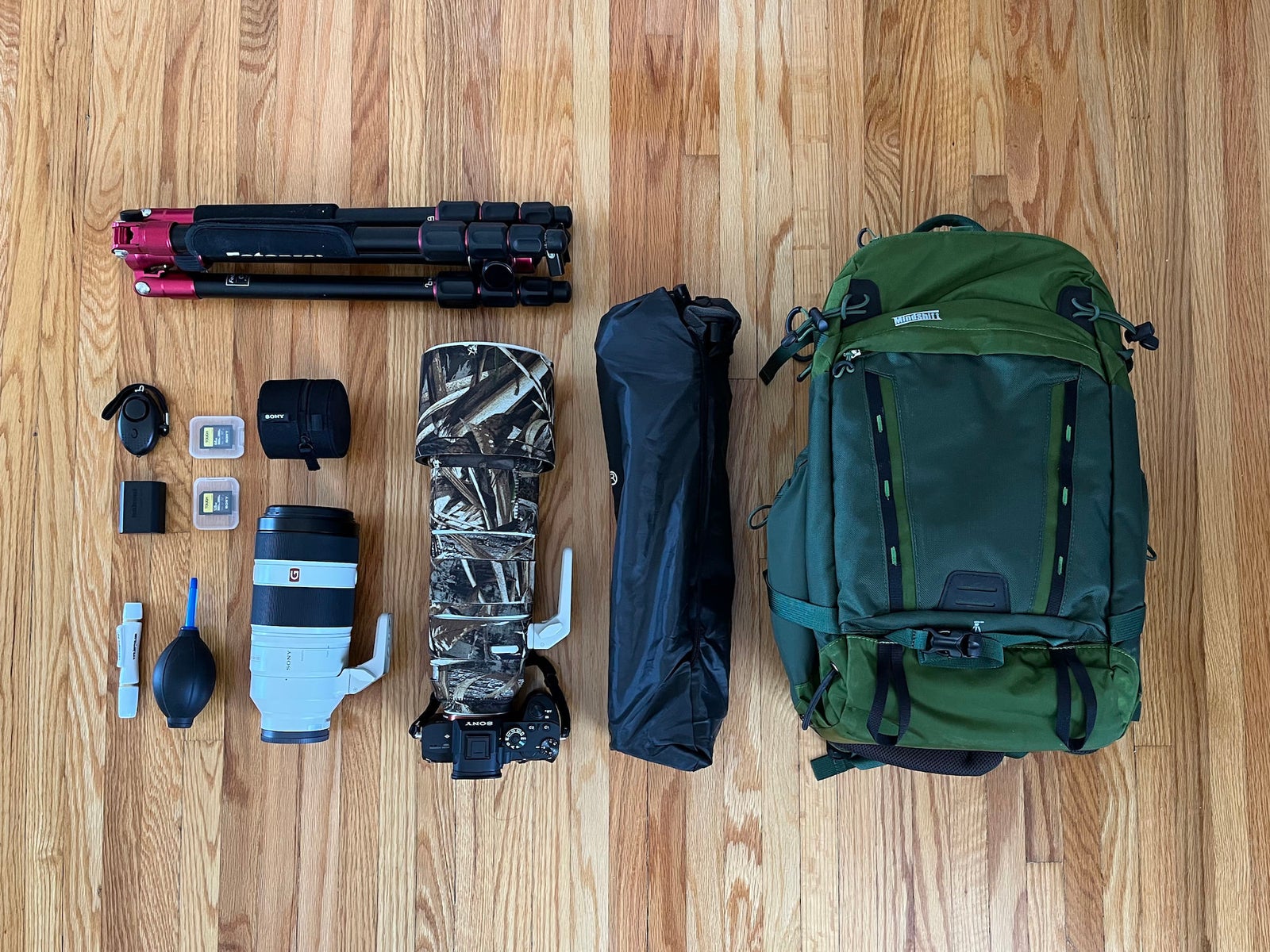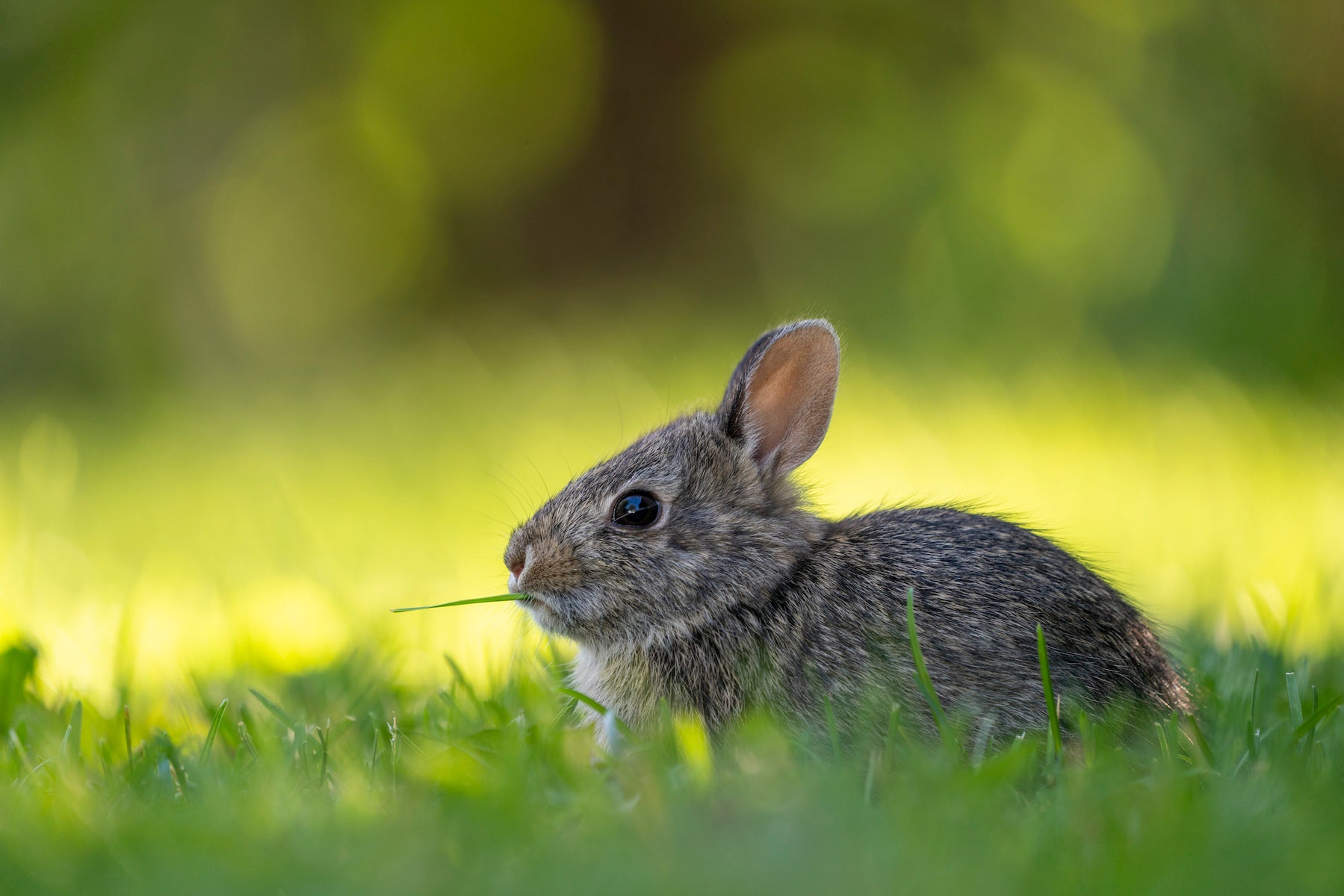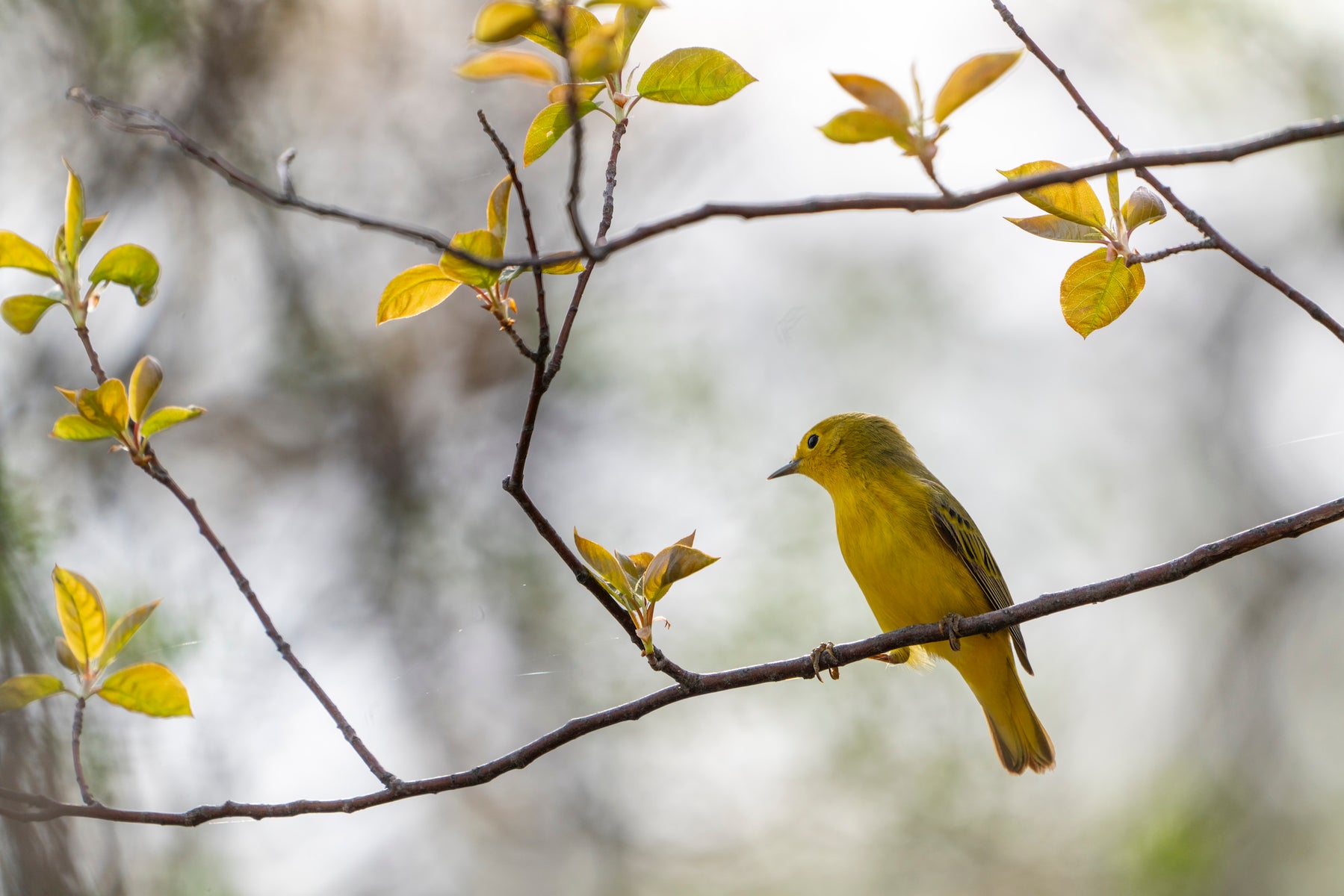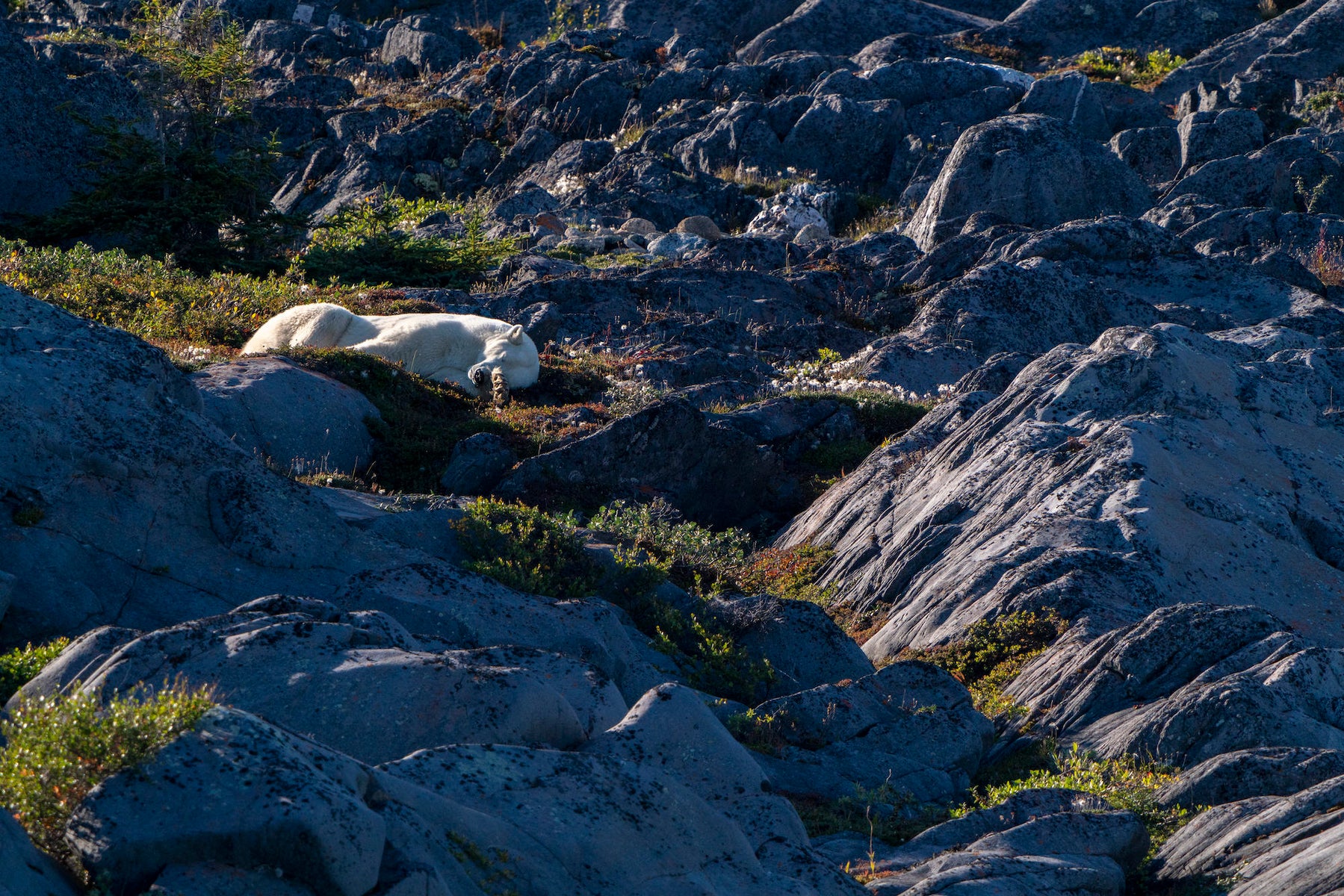April Stampe (@aprilstampephotography) is a self-taught wildlife photographer living in Manitoba, Canada. She has been interested in photography since she was a kid and when she got a nursing job in 2020 she was looking for a creative outlet and decided to invest more in photography. She explains, “since then, I have spent most of my free time outside photographing wildlife. What I love so much about wildlife photography is that it gets me outside, helps keep me active, and helps maintain my mental health. There's something so relaxing and humbling when you get the opportunity to spend time with wildlife in their natural habitat." Her desire to be with the animals in their natural settings extends to her camera gear and how she uses it. Using a Sony Alpha fullframe mirrorless camera and a pair of long telephoto zooms (with teleconverters), Stampe can create stunning images while keeping her distance. "My current gear is based around getting good quality images while keeping my subjects' wellbeing as the top priority.” She gives us a look inside her bag and the svelte collection of essential gear she uses to phootgraph wildlife.
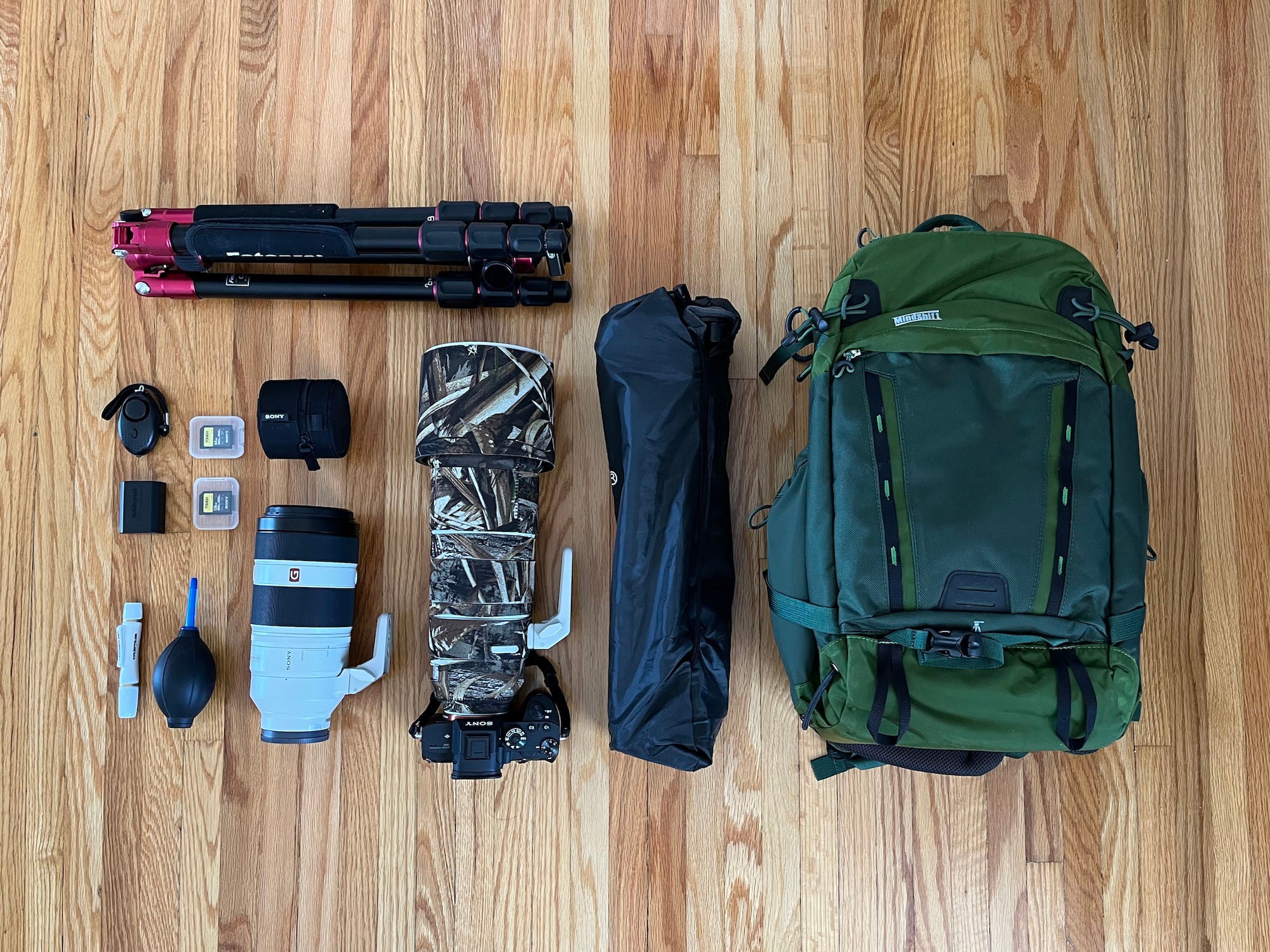
Wildlife photographer April Stampe shares her current gear that’s based around getting good quality images while keeping her subjects' wellbeing as the top priority.
Cameras
Sony Alpha 7R III: The combination of 10FPS, speedy autofocus abilities, and 42MP were what made me choose this camera. Its impressive 42MP allows me to capture high resolution images that maintain their details when cropped. Many of my subjects are sensitive to disturbances, so this gives me more versatility in planning compositions and allows me to maintain a further distance.
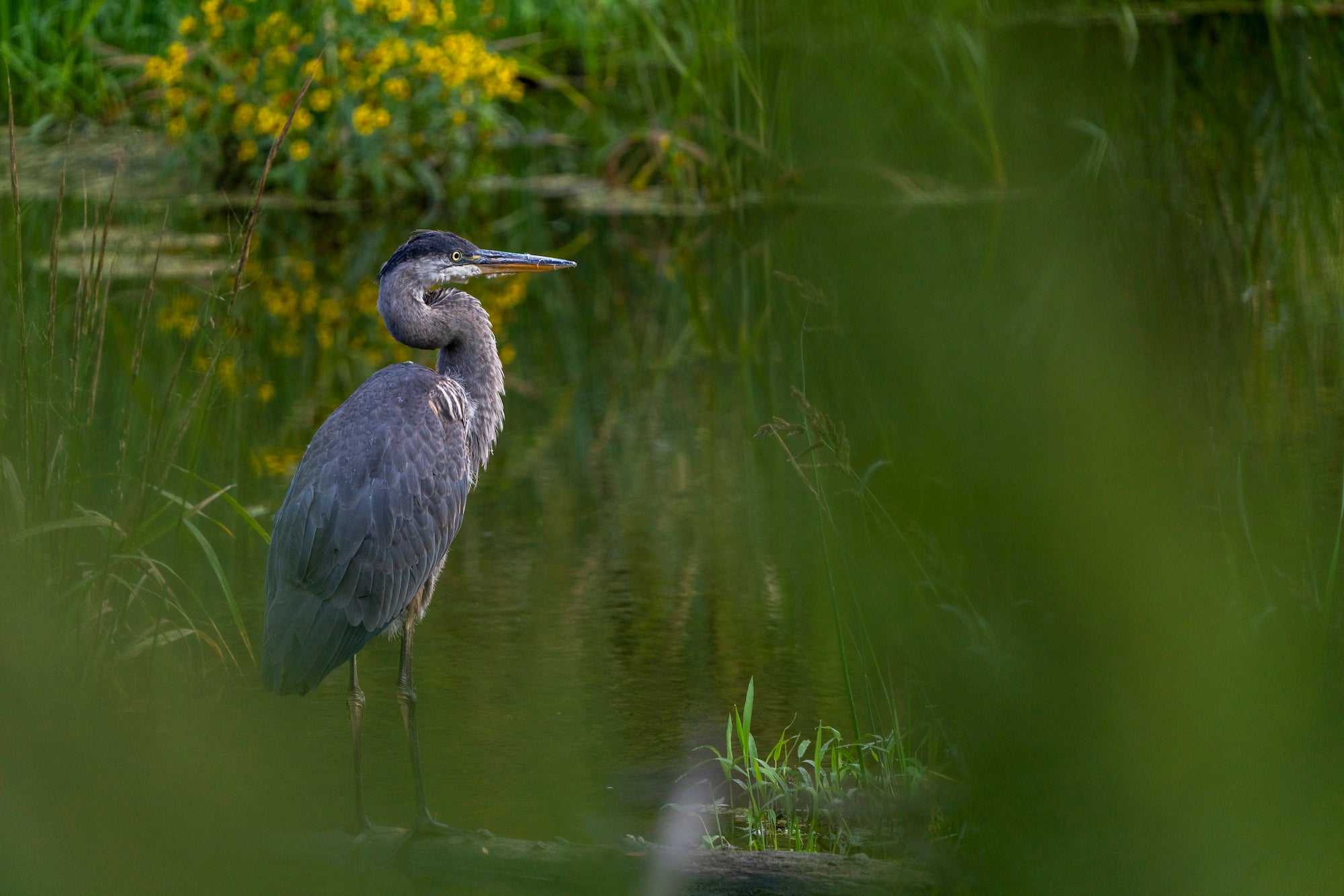
The Sony Alpha 7R III 42MP helped capture the details of this blue heron and allowed me to crop the image after the fact, aiding in its composition. Photo by April Stampe. Sony Alpha 7R III. Sony 200-600mm f/5.6-6.3 G, 1/640-sec., f/6.3, ISO 800
Lenses
Sony 200-600mm f/5.6-6.3 G: This is my primary go-to lens and fantastic for wildlife photographers. This lens provides great reach, while still being lightweight, sharp, and versatile with its zoom capabilities. The wide range in focal length allows me to make changes quickly and gives me the option to focus more on my subject or to include more of the environment in my image. I made the decision to purchase this lens after I began focusing on bird photography. This extra reach was important because it allowed me to maintain an appropriate and ethical distance from sensitive species like owls.
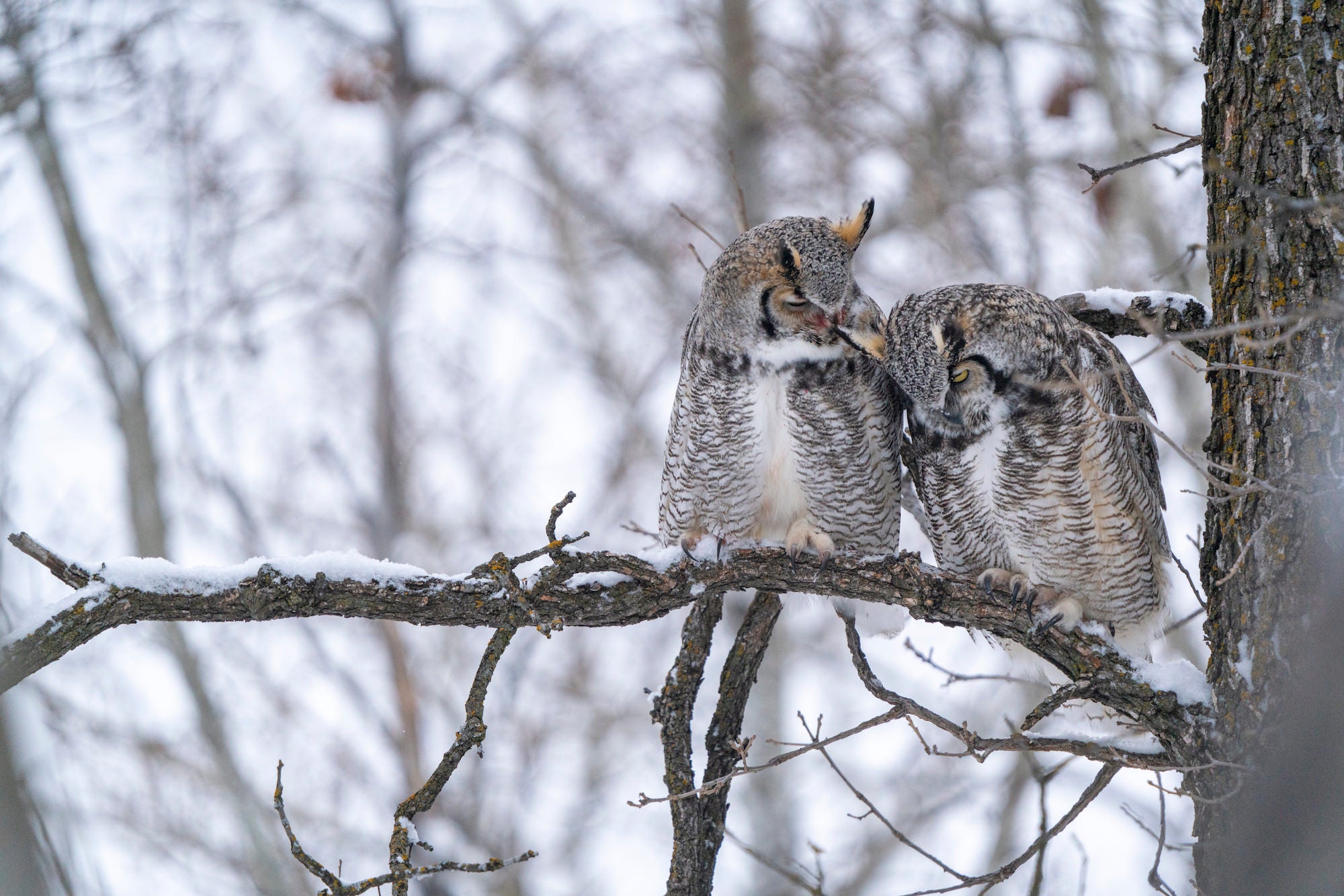
Being able to keep a greater distance from these great horned owls resulted in them continuing on with their normal behavior and allowed me to capture some very neat interactions between the pair. Photo by April Stampe. Sony Alpha 7R III. Sony 200-600mm f/5.6-6.3 G. 1/5000-sec., f/6.3, ISO 1250
Sony 100-400mm f/4.5-5.6 G Master: This is another lightweight, sharp, and versatile lens. Its f/4.5-5.6 aperture makes it great for low lighting situations and gives it great depth of field. It has an insanely fast autofocus and its 3.2’ focus distance combined with its 400mm max focal length helps it behave like a macro lens for smaller subjects. I mostly use it where I know the subject may be closer to me or in low lighting situations.
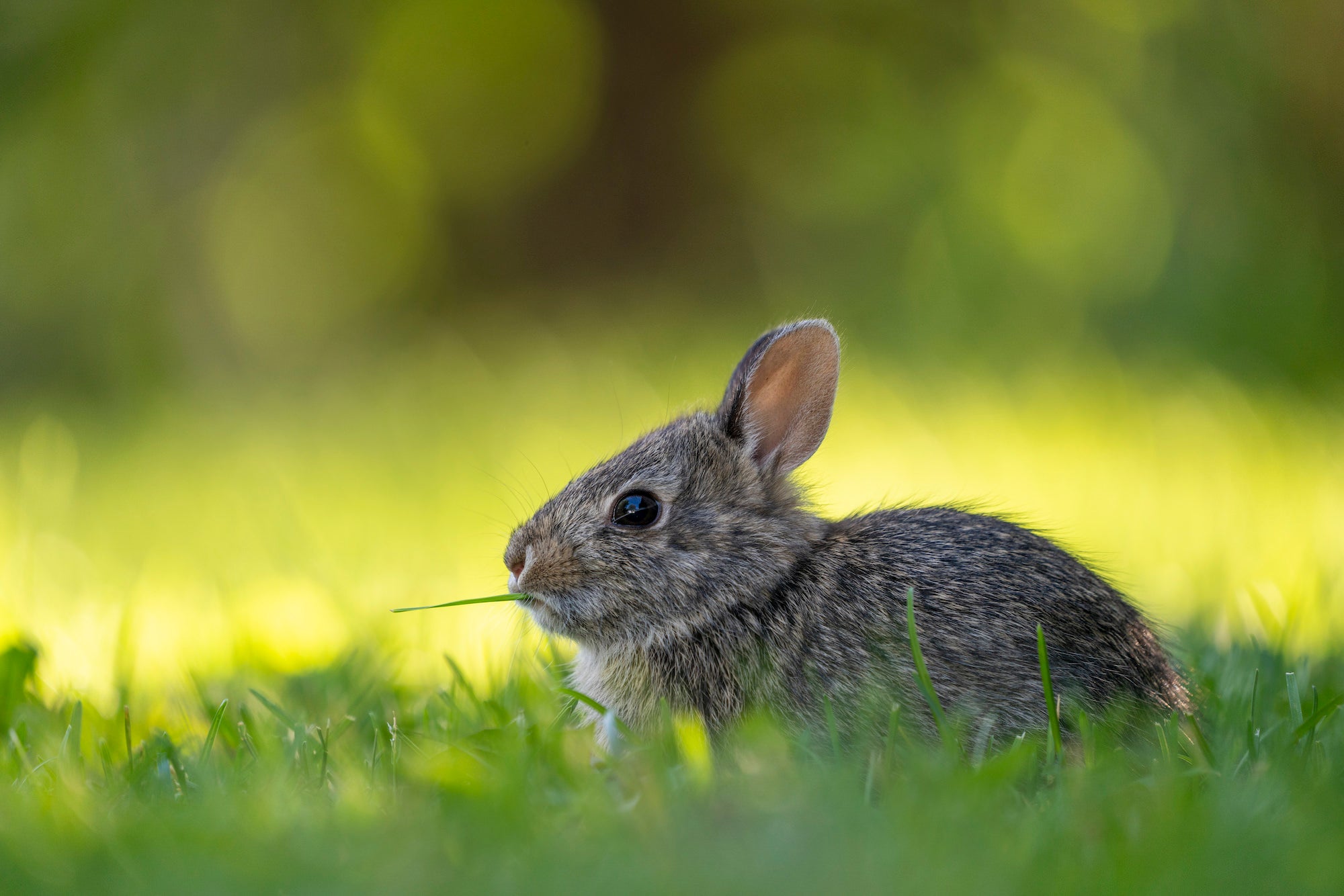
This image of a cottontail was taken in my backyard where I knew I could get relatively close to my subjects. For this, this 100-400mm was a great choice and resulted in a nice bokeh. Photo by April Stampe. Sony Alpha 7R III. Sony 100-400mm f/4.5-5.6 G Master. 1/160-sec., f/5.6, ISO 640
Sony 1.4X Teleconverter: I use this mainly on the Sony 100-400mm f/4.5-5.6 G Master lens to increase the focal length to 560mm. At 560mm I am still able to handhold the camera easily. When used on my Sony 200-600mm f/5.6-6.3 G the focal length is increased to 840mm and a tripod is required.
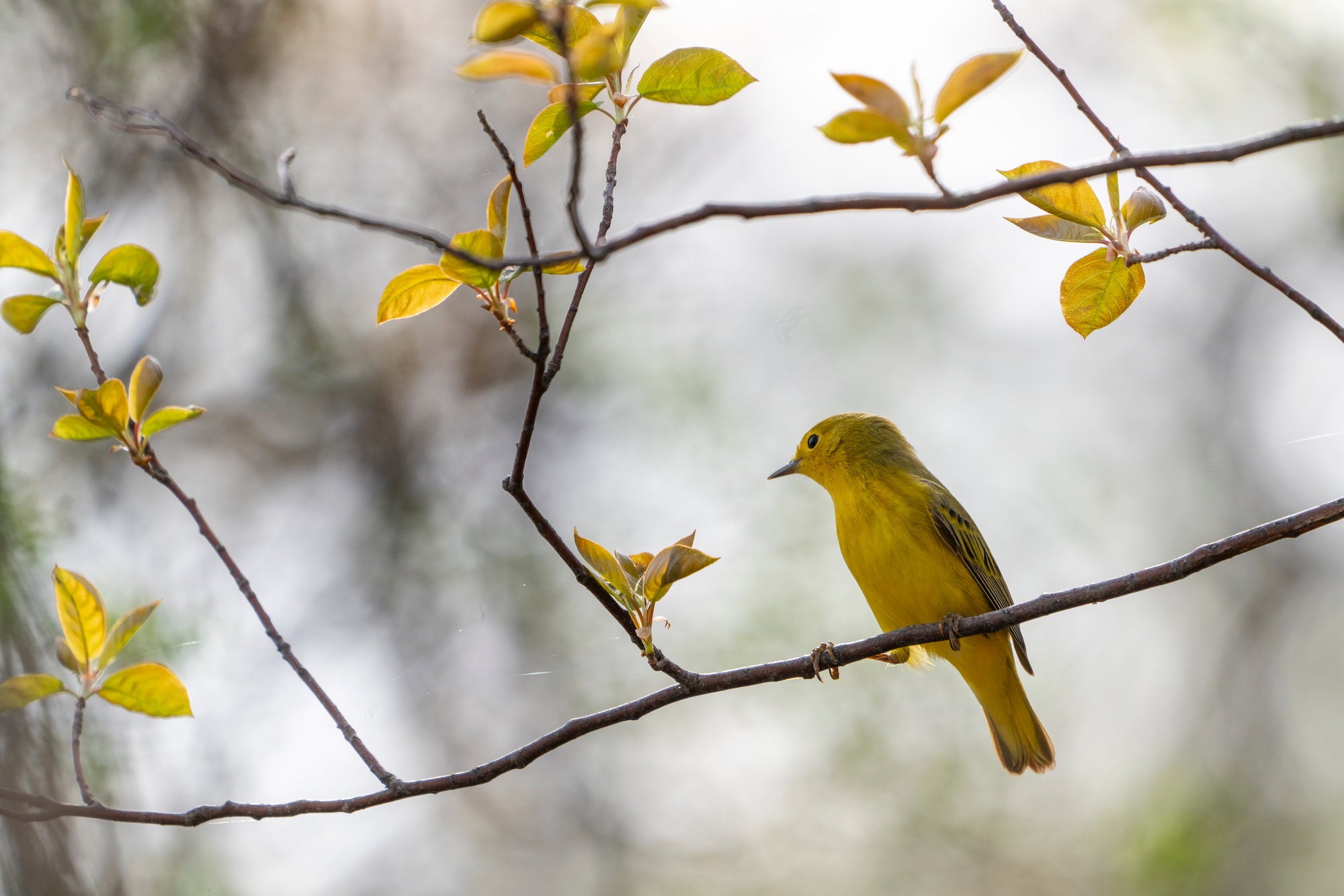
Paired with the 1.4X teleconverter, the Sony 100-400mm f/4.5-5.6 G Master lens can reach 560mm with no notable change in image quality. Photo by April Stampe. Sony Alpha 7R III. Sony 100-400mm f/4.5-5.6 G Master + 1.4X TC. 1/640-sec., f/8, ISO 400
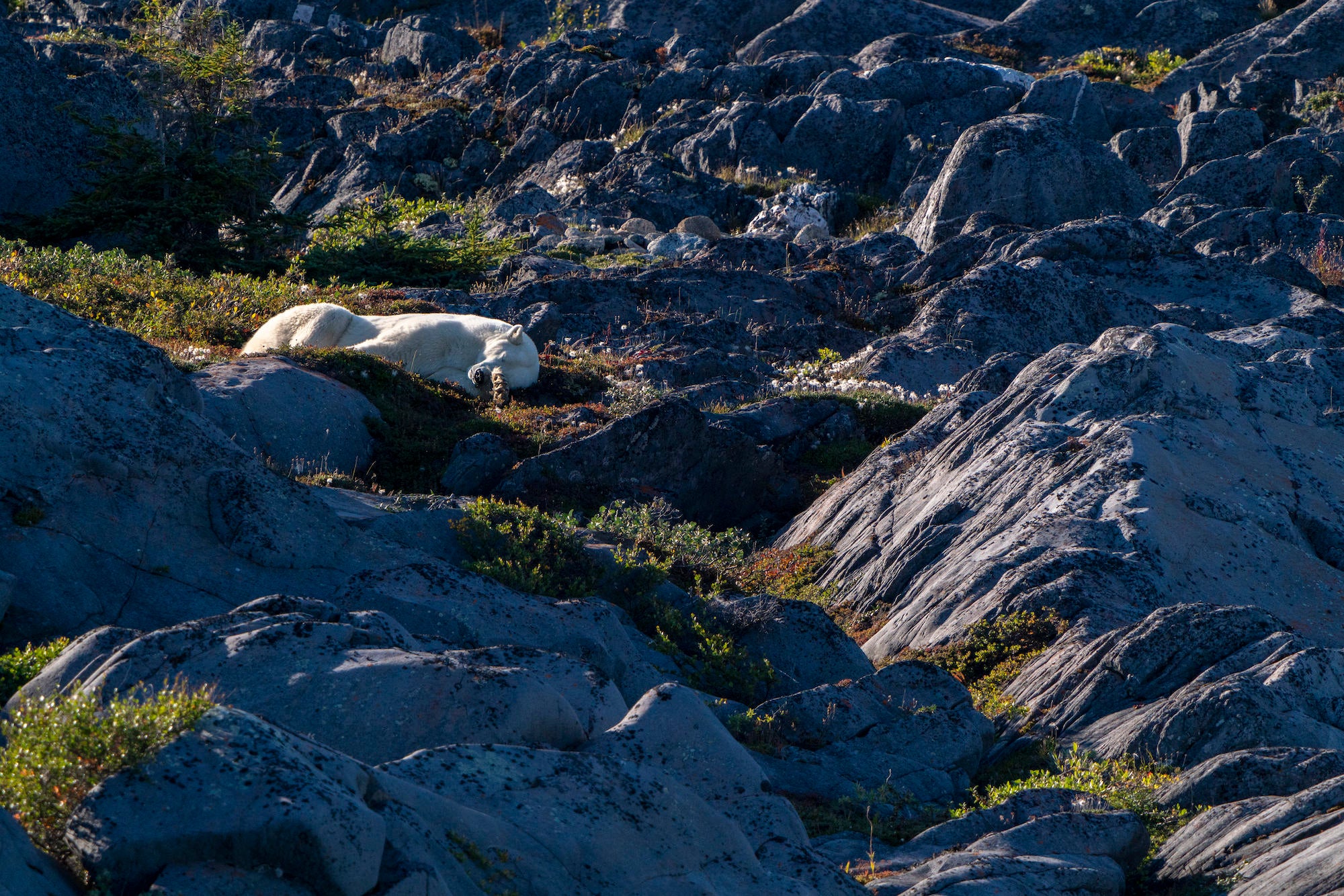
While photographing wild polar bears, the 1.4X teleconverter came in handy as it allowed me to get quality images of this bear from a safe distance. Photo by April Stampe. Sony Alpha 7R III. Sony 200-600mm f/5.6-6.3 G + 1.4X TC, 1/1600-sec., f/9, ISO 500 tripod used and heavy crop in post.
Accessories
Mindshift Backlight 18L camera bag: Perfectly fits the Sony Alpha 7R III with the Sony 200-600mm f/5.6-6.3 G lens attached which is a must for me as it allows me to keep my camera ready for action. It has additional space for the Sony 100-400mm f/4.5-5.6 G Master and could fit a third lens. It’s also super comfortable for day hikes and has lots of room for snacks!
Fotopro Tripod: Although I don’t use it often, it’s helpful for low light situations, or when I'm using my 1.4X teleconverter with my Sony 200-600mm f/5.6-6.3 lens.
Sony TOUGH 128GB Memory cards: File sizes for raw images are huge on the Sony Alpha 7R III, so having an extra card or two is essential. This specific memory card’s fast write speeds help get the most out of the camera's 10FPS.
Folding stool: Nice to have if i’m staying in one place for a while and don’t want to sit directly on the ground
Emergency alarm: Wildlife is unpredictable so it’s always a good idea to have some form of protection or deterrence. This little thing is easy to carry with me and when the pin is pulled it emits a loud, irritating noise that would hopefully scare off wildlife should a dangerous encounter occur.
Extra battery: It's always a good idea to have an extra battery with you, especially for colder weather or outings where your camera is in use for an extended period of time.
Cleaning equipment: Essential to have with me especially for days with acclimate weather that may cause dirt to get on the lens
See more of April Stampe’s work on her Instagram @aprilstampephotography
